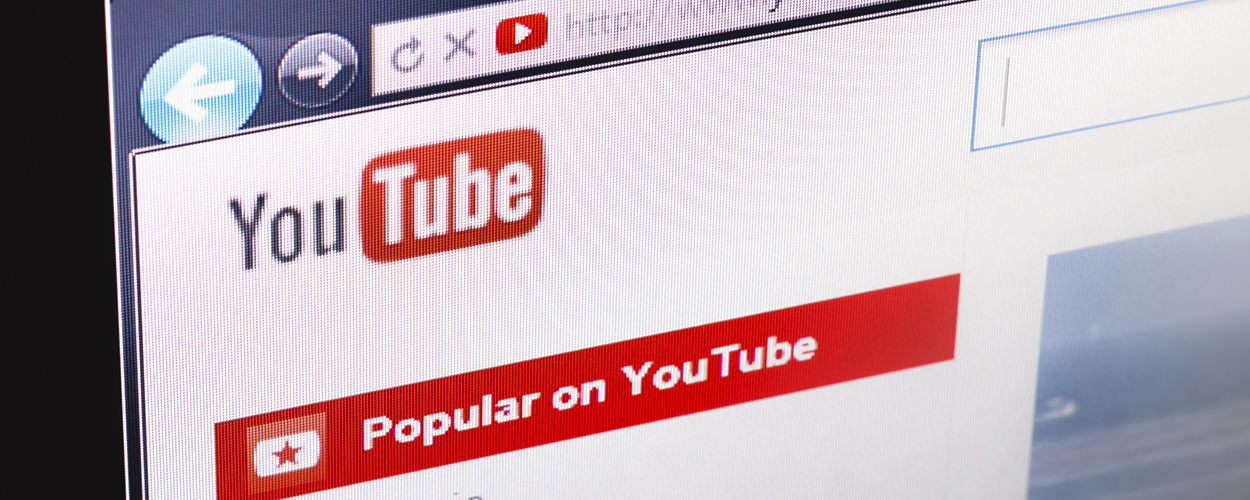This website uses cookies so that we can provide you with the best user experience possible. Cookie information is stored in your browser and performs functions such as recognising you when you return to our website and helping our team to understand which sections of the website you find most interesting and useful.
Business News Digital Education & Events Legal Live Business The Great Escape 2016
CMU@TGE: The emerging YouTube industry
By Andy Malt | Published on Monday 13 June 2016

Look out for insights, advice and viewpoints dished out at this year’s CMU Insights @ The Great Escape conference here in the CMU Daily throughout June. Here are some of the takeaways from the final session of the YouTube focused strand.
Once an artist has built a following on YouTube, and started to gain some traction, a new set of challenges and opportunities arise. There are various deals to be done behind the scenes, though in terms of driving new revenues, brand partnerships and going live will be high up the agenda.
The truth is, the bulk of a successful YouTuber’s income does not come from YouTube itself, but rather the deals they do alongside their channel. Brand partnerships are an obvious one, though there has been criticism of some YouTube creators for not being clear enough about when they’ve been paid to promote a product. And that is particularly concerning when, as we’ve already heard, fans tend to think of their favourite YouTubers as being more like friends.
“A lot of people say it’s the Wild West. Well, actually it’s not, it’s terribly clear”, said lawyer Cliff Fluet, who works with a number of YouTube stars. “It just involves a lot of regulations that the music industry haven’t had to trouble themselves with [previously]. And in truth, the real problem is that the regulations are very clear indeed, they want people to know exactly when something is an advertising message and when something isn’t. A lot of the YouTubers’ currency depends on authenticity and reality, and managing that tension requires a highly sophisticated approach”.
“Ultimately with the social media influence, their relationship is very direct with their audience, and authenticity is very important”, added fellow lawyer Tahir Basheer. “So if they get an Advertising Standards Authority complaint made against them, then that casts all sorts of issues for them. I’ve been involved in some of these matters, and just the complaint can be enough for a YouTuber to feel as though they’re potentially going to lose their audience”.
The possibility of losing your YouTube audience is clearly of great concern to anyone building a business around that very fanbase. But does that mean brand partnerships are something to be feared altogether? No, said Kilimanjaro’s Mark Walker. “If the YouTuber is being honest about their work being branded and they’re communicating that to their fans, the fans respond well to it”.
Another logical step for a YouTube-based performer looking to drive new revenue and grow their fanbase further is to create a live show, which many YouTubers have now done, albeit with varying success. In her on stage interview at the TGE session prior to this discussion, singer-songwriter Hannah Trigwell noted that YouTube had allowed her to build a global audience from day one. “The labels will tell you, you can’t go abroad until you break your own country”, she said. “We just go global. That’s the reach of a platform-based audience”.
However, that global audience online poses its own challenges once you go live. “The talent generally builds a fanbase globally, and therefore there’s no enormous local hub that can drive them into a particular venue”, said Instrumental’s Conrad Withey. “At the point when an artist is so significantly big that they can then do that, they can probably do it in about twelve markets, but you don’t necessarily have your home market”.
“At the moment we’re going out to promoters all over the world, in Asia, Australia, and they’re constantly asking for geo-data”, added WME’s Alex Bewley, the possibility of an act with a massive global fanbase not actually have enough traction locally clearly a concern to promoters booking YouTube talent.
“Some of the acts we work with have a very young audience”, added Withey. “We’ll put live shows on and we’ll sell the meet-and-greet tickets in about five minutes, and then the general admission tickets we can’t sell. [The fans] will arrive, go and do the meet-and-greet bit, very happy, then the show starts and they all stand at the back chatting and looking at their phones”.
“It’s not necessarily the case that [fans] just want to come to what we think of as a live show”, he noted. “The music’s important, but actually it’s the access they really want to pay for”.
As noted by Peg’s Nic Yeeles earlier in the day, collaboration with artists in the traditional system can often be mutually beneficial. Walker gave an example of one of his YouTube acts, singer-songwriter Emma Blackery, supporting Charlie Simpson on tour.
“We sold 70% of tickets before we even announced Emma”, he explained. “So she got the bonus of playing to his audience, but then they filmed two videos together while they were on tour, so then he was tapping into her audience as well”.





